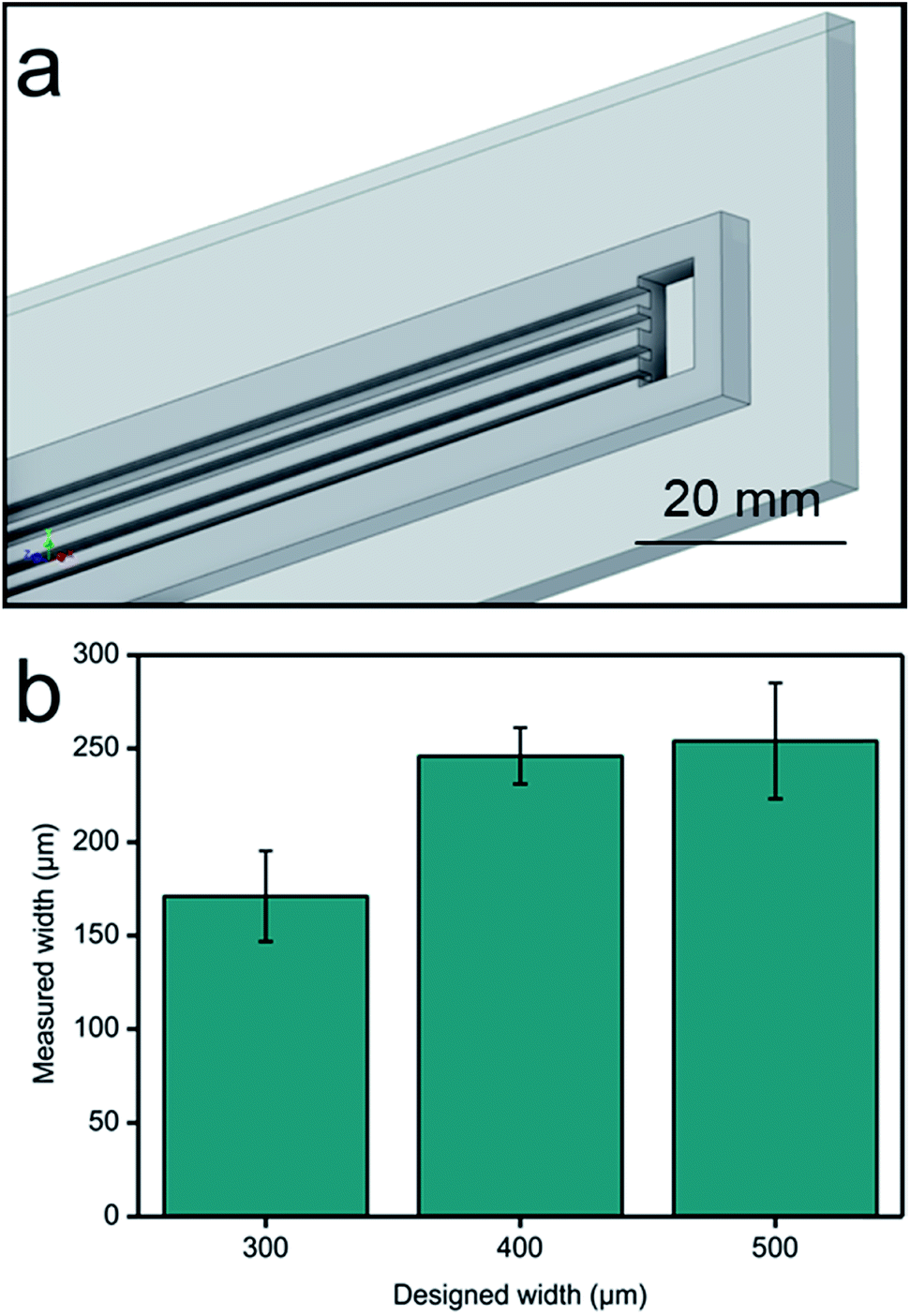
While Simplif圓D has the least amount of infill patterns, it includes the patterns that you’ll end up using the most. I also put some graphics together to show you the different patterns each slicer has to offer. In case you want even more information than that, I’ll go into more detail about some commonly used patterns after this section. In this section, I’ll give you a brief overview of three slicers’ infill patterns. Some are common throughout all slicers, but others have some very unique patterns. Infill patterns of 3 slicersĮvery slicer you use is going to have different infill patterns.

Unless you are doing a timelapse or you are just showing off some cool patterns to your friends, stick to the standard patterns. They also take longer to print than other patterns, due to the crazy movements the printer has to make on each layer. These prints take longer though, so they probably aren’t worth it for the average print. Some of these vanity prints can also double as strength prints, though. These patterns are mostly crazy shapes and lines that provide nothing for strength. Vanity patterns have no purpose other than to look good for the camera. In reality, you can probably print with any pattern for TPU, but some of them just feel better for flexibility than others. Some of the flexible infill patterns do look amazing in time-lapses though. Unless you are printing with TPU, you probably won’t need to worry about these. Usually, these infill patterns are the ones that don’t have overlapping lines, such as the grid patterns. While PLA and ABS are fairly rigid plastics, TPU (flexible) filaments excel with these infill patterns. The parts that need to be extremely strong might even use 100% infill, and at that infill setting the pattern really doesn’t matter anymore. High strength parts are typically printed with very high infill settings. Obviously, plastic filaments won’t be as strong as metal ones, but they are a cheap alternative that can last quite a while depending on the use. These can include items with moving parts, clips, and hooks, drone bodies, or anything that needs to withstand moderate force. These types of models are prints that will see heavy or functional use. Dropping it on the floor is no problem, but heavy use will wear them down pretty quickly. If you use a medium strength pattern, the parts will generally be able to take a light beating before being totally destroyed. You could sell low strength parts to people, but then they won’t be very durable. Medium strength infill is for parts that might see a little bit of use, or stuff you print for other people. This type of pattern is also great for printer calibration prints since they take the shortest amount of time. The focus of these prints will be speed, which the low strength prints excel at doing. Typically, low strength patterns also have the shortest amount of print time. These parts will probably use a low infill percentage to save valuable time and money.

These are prints that won’t see any sort of functional use, and will probably sit on your shelf or desk. Low strength is for your standard models and trinkets. There are hundreds of different tests people have run on these patterns, so I encourage you to do some testing on your own. Keep in mind that I’m not an expert, so all of these come from both personal testing and findings from other people’s testing online. Each of the categories has their own use, and some of the infill patterns might even have multiple categories. Infill Pattern Categoriesįor this article, I’m going to classify each infill pattern under one of five categories.


Once you know what your print is going to be used for, you should have a general idea of the pattern and percentage that you want to use. Without infill, printing the top layers would be very difficult, as the plastic would sag over the empty parts of the print.īesides the actual printing process, infill will affect the strength or feel of the final product. Infill provides the 3D print with internal support as the printer builds each layer. If you’re new to the world of 3D printing, you may be wondering what infill is for. Once you know what you’re print is going to be, you need to know what pattern is right for your purpose. Whether the pattern’s purpose is strength, flexibility, or simply to look good, infill is a very important part of your print. Once I realized however that every pattern has a purpose, it was much easier to know which pattern to use. When I saw the dozens of possible infill patterns available throughout several slicers, I got very confused.


 0 kommentar(er)
0 kommentar(er)
